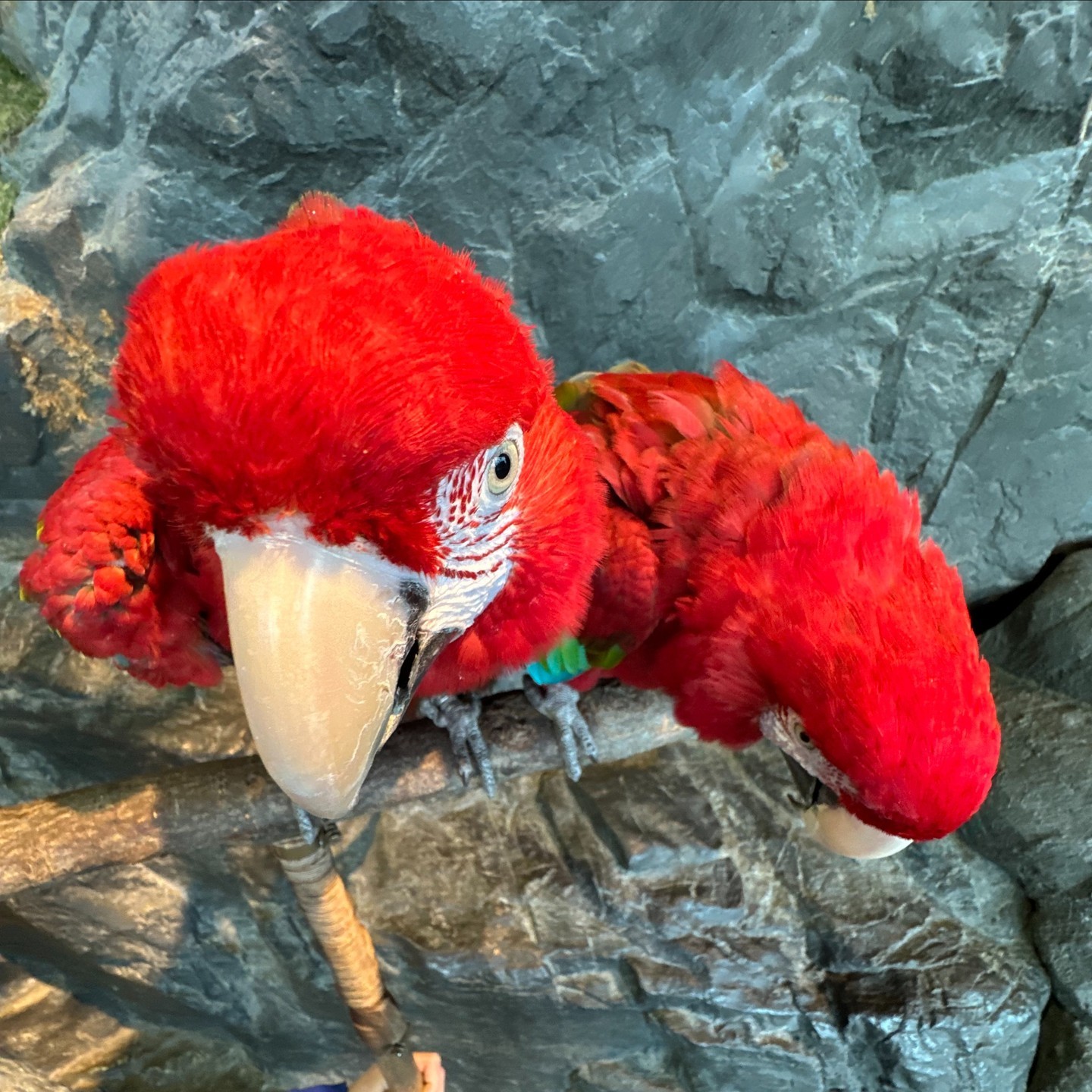- Exploring the Concept of a .5 in Zoology
- Understanding the Importance of Subspecies in Wildlife Studies
- The Role of Zoos in Subspecies Conservation
- Challenges in Managing and Conserving Subspecies
- Zoological Contributions to Public Awareness and Education
Exploring the Concept of a .5 in Zoology:
In the field of zoology, classification is a fundamental practice that aids in the understanding of biodiversity. The term ".5" might be unfamiliar to many, but it holds significant relevance in species classification. It often refers to a subspecies or a taxonomic rank below the species level. This classification helps in distinguishing populations of a species that have evolved distinct characteristics due to geographical separation or other factors. Subspecies carry minor morphological or genetic differences but are not distinct enough to be classified as separate species. This nuanced differentiation is crucial for understanding the rich tapestry of biodiversity found on our planet.
Understanding these subspecies, often denoted by ".5," allows scientists to document variations within a species, unraveling the genetic drift and evolutionary pressures that have led to their differentiation. By doing so, we gain insights into the adaptive strategies of organisms. This can help pinpoint how environmental changes influence evolution. The study of these subspecies is not just an academic exercise but a necessary endeavor for wildlife conservation. It is essential to acknowledge these subtle variations to preserve the genetic diversity of our planet.
Understanding the Importance of Subspecies in Wildlife Studies:
Subspecies are vital to the study of wildlife and offer critical insights into evolutionary biology. These classifications provide a lens to understand how certain traits develop and propagate in isolated populations. The subtle distinctions between populations can highlight the long-term impacts of geographic barriers like mountains, rivers, or human-altered landscapes. Tracing the lineage of subspecies can shed light on migration patterns and habitat preferences, essential data for conservation efforts.
Moreover, understanding subspecies can help elucidate the ecological roles that different populations play within their ecosystems. Each .5 variation can contribute uniquely to biodiversity, influencing food webs, seed dispersal, and ecological balance. Recognizing these roles helps conservationists develop more precise strategies to protect ecosystems. As ecosystems face unprecedented changes due to climate and human interference, documenting these subspecies becomes more critical. This data can guide targeted conservation actions, ensuring the survival of not just individual species but entire ecological webs.
The Role of Zoos in Subspecies Conservation:
Zoos play a pivotal role in the conservation of subspecies. Beyond being places for public entertainment and education, modern zoos are active participants in conservation research and efforts. Many zoos maintain elaborate breeding programs specifically aimed at preserving genetic diversity, which often involves careful management of subspecies. These programs are vital for species that are on the brink of extinction, providing a safety net population that can potentially be reintroduced into the wild.
Zoos also collaborate internationally, sharing genetic material and resources to maintain healthy gene pools. By doing so, they can mitigate the risks associated with small, isolated populations that lead to inbreeding and genetic drift. Additionally, zoos conduct valuable research into the natural behaviors, dietary needs, and breeding habits of these subspecies. This information is crucial for reintroduction programs and habitat restoration projects. Zoos thus serve not only as refuges but as active contributors to halting the loss of biodiversity.
Challenges in Managing and Conserving Subspecies:
Managing and conserving subspecies poses numerous challenges. The first hurdle is taxonomic ambiguity, where the distinctions between species and subspecies are sometimes controversial or poorly defined. This can complicate conservation priority setting and resource allocation. Moreover, the physical conditions and specific needs of different subspecies in captivity can be demanding. Zoos and conservation bodies must replicate natural habitats carefully, requiring significant expertise and resources.
Habitat loss remains a primary threat to subspecies survival. As human development encroaches on natural habitats, the spaces for these unique populations dwindle. Conservationists must often lobby for legal protection and careful land use planning to safeguard critical habitats. Another significant challenge is climate change, which alters habitats rapidly, making it difficult for isolated populations to adapt. It necessitates swift, informed action from conservationists — a race against time to preserve the delicate threads of genetic history represented by these subspecies.
Zoological Contributions to Public Awareness and Education:
Zoos have an unparalleled opportunity to educate the public about the importance of conservation and the role subspecies play in biodiversity. By showcasing these unique animals, zoos can foster a connection between visitors and wildlife, sparking an interest in conservation issues. Educational programs can provide insights into how human activity impacts subspecies and what individuals can do to help.
These activities extend beyond mere observation. Interactive exhibits, talks, and demonstrations make the learning experience engaging and memorable. Zoos often collaborate with conservation organizations to spread awareness about the challenges subspecies face and how genetic diversity supports ecosystem health. By influencing public perception and knowledge, zoos contribute more than just to conservation science; they inspire future generations to care for and protect our planet’s biodiversity. Through these efforts, they ensure that the importance of preserving subspecies — or those classified with a ".5" — resonates with a broader audience.
*****
Source Description
Wait … what’s a .5?


